Name Michael Alpers | ||
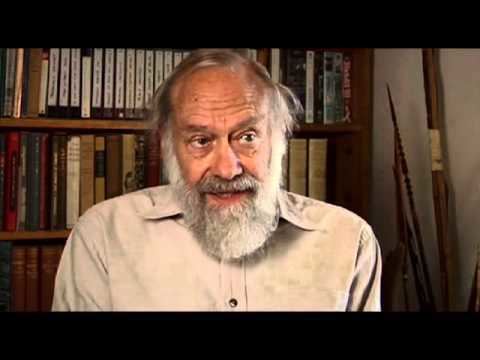 | ||
Michael Philip Alpers AO FRS is an Australian medical researcher, and John Curtin distinguished Professor of International Health, at Curtin University.
Contents
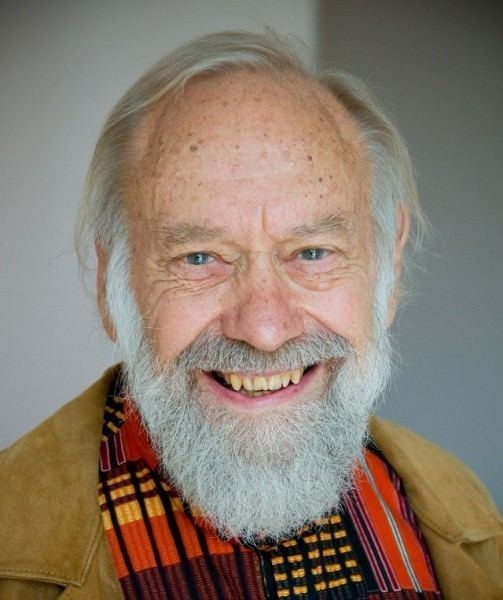
Education
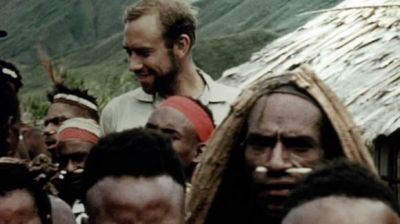
Alpers graduated from University of Adelaide with a B.Sc. and M.B.B.S. and from University of Cambridge with an M.A.
Career and research

After graduating, he commenced a career, ultimately resulting in investigating kuru disease.
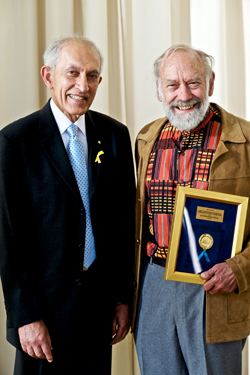
He is Honorary Senior Research Associate University College London.
Cannibalism and Kuru
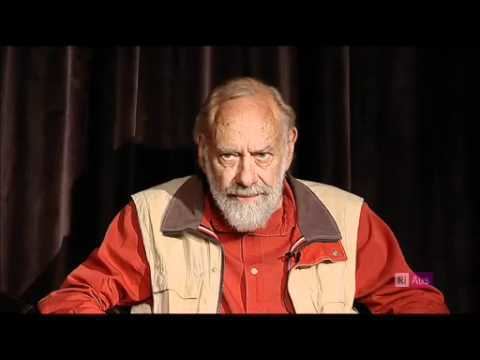
Cannibalism among the Fore of the New Guinea highlands was stopped in the 1950s and by the 1990s, most of the people who’d taken part in the cannibal feasts had developed kuru and died. Yet inexplicably, there were some who were still perfectly healthy. Alpers and his colleagues were able to show these survivors had a particular gene profile – one that protected them from Kuru. Then they compared the Fore’s genes with everyone else on the planet and found that this protection wasn't unusual-many people from Europe, Asia, and Africa, had the same protective genes. The conclusion was that at some stage in our prehistory, maybe 500,000 years ago, our forebears were routinely eating their dead. Alpers and his work are the main theme of Kuru: The Science and the Sorcery (2010). He is interviewed in The Genius And The Boys (2009).

